Picture your local Sephora store, the modern day Toy land equivalent for makeup and beauty lovers. The store is stocked shelf-to-shelf with products from all over the world; including America, France, and… Korea? Inside the famous American retail chain is an entire section dedicated to brightly colored and cutely packaged Korean beauty products such as sheet masks, serums, and BB Creams. In a society where trends come and go as quickly as we can blink, the K-Beauty trend stands out. Not only has it become so popular, so quickly in the American beauty market, but it also seems to have lasting longevity.
With 2018 having just arrived, there may be another beauty player heading to bat: J-Beauty. With a focus back to natural, woke-up-like-this beauty and the 2020 Olympics approaching, it appears that J-Beauty will be reclaiming its popularity in the American beauty market. However, K-Beauty still reigns supreme in the worldwide market.
By: Nicole Kirichanskaya
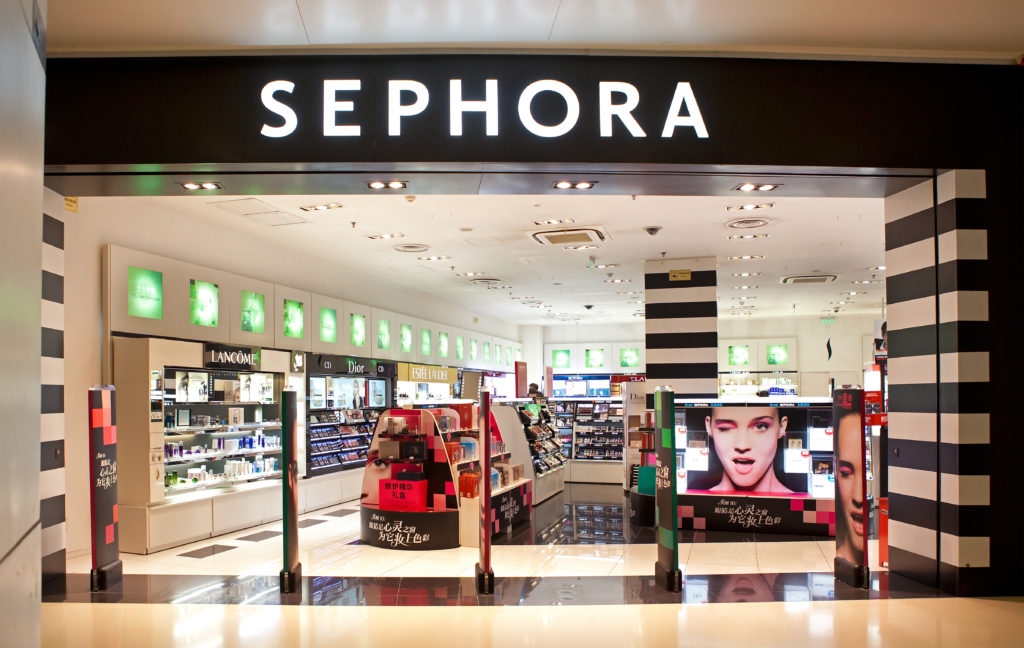
Sephora
K-Beauty, short for Korean Beauty, refers to the Korean skincare and cosmetic products, such as lip tints, sheet masks, and serums, that have been rapidly gaining popularity worldwide, but particularly in the United States. Korean skincare and beauty products typically focus on achieving more natural, dewy complexions and softer make-up looks, as opposed to America’s more bold beauty preferences like a sharp cat-eye or a full face of foundation. One major difference between American and Korean makeup preferences Clara Siew, a writer for Marie Claire, noted: “Korean women are well known for their dewy glowing skin while American women prefer matte skin, with contoured cheekbones and shimmery highlights on the high points of the face.” Despite the differences in taste, according to the Korea Customs Service, the United States is the third largest export market for K-Beauty after China and Hong Kong. According to the Korea Customs Service, in the first half of 2015 the total export value of Korean beauty products to the U.S. was $52 million, a sixty percent increase from the entirety of 2014.
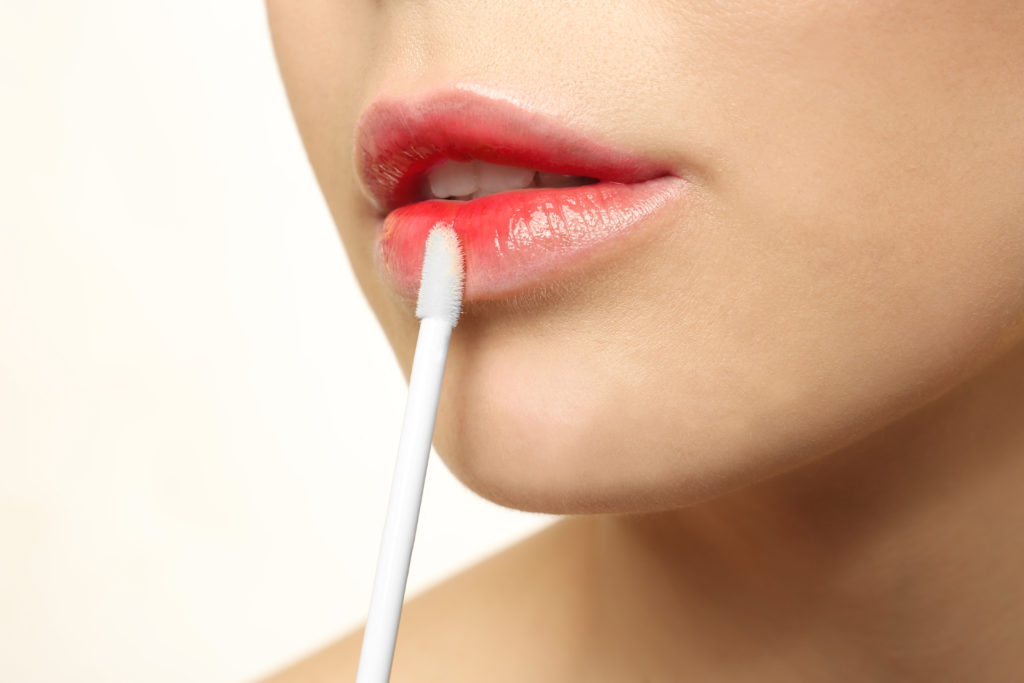 As the amount of products exported to the United States increased in the past seven years or so, the number of in-store and online retail sites for K-Beauty has rapidly increased as well, and shows no signs of stopping anytime soon. Major American retailers such as CVS, Ulta, Urban Outfitters and Sephora have recently started carrying products from K-Beauty lines such as Tony Moly, Skin Food, and Club Clio, and in New York City there has been a rapid rise in the number of stores dedicated to K-Beauty. In 2017, Union Square, home already to New York City’s 2nd Nature Republic store -a popular K-Beauty spot- added on a store location for Innisfree, another popular, all-natural K-Beauty brand.
As the amount of products exported to the United States increased in the past seven years or so, the number of in-store and online retail sites for K-Beauty has rapidly increased as well, and shows no signs of stopping anytime soon. Major American retailers such as CVS, Ulta, Urban Outfitters and Sephora have recently started carrying products from K-Beauty lines such as Tony Moly, Skin Food, and Club Clio, and in New York City there has been a rapid rise in the number of stores dedicated to K-Beauty. In 2017, Union Square, home already to New York City’s 2nd Nature Republic store -a popular K-Beauty spot- added on a store location for Innisfree, another popular, all-natural K-Beauty brand.
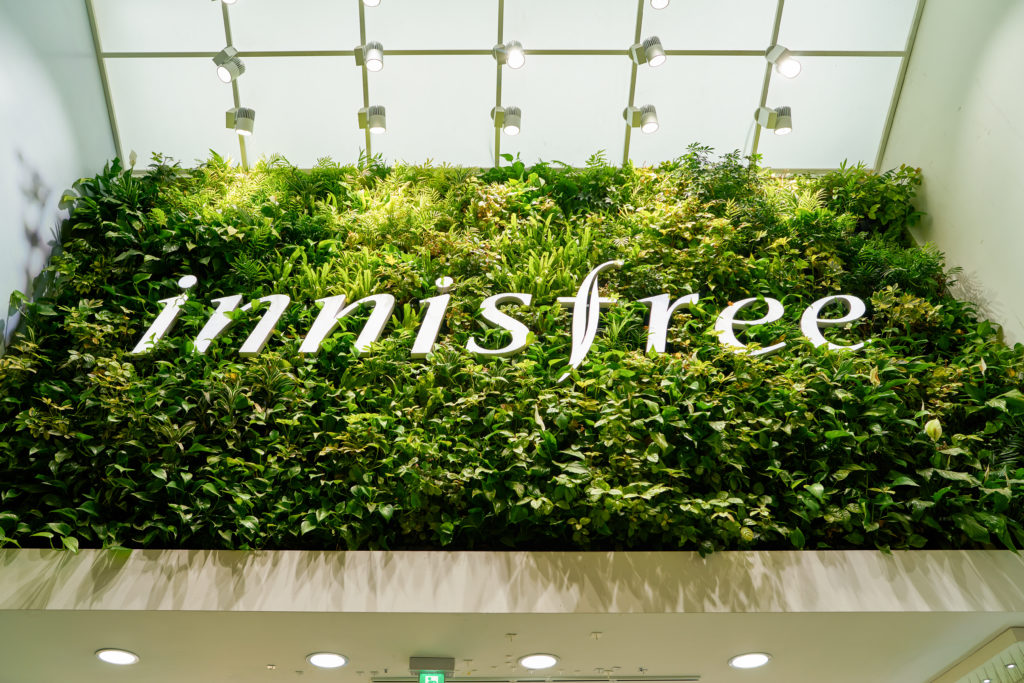
Innisfree
We cannot solely attribute New York’s major interest of K-Beauty retail sites to New York’s Korean and Korean-American population alone. While Koreans make up the third largest group of Asians in New York- Chinese being the largest population group and Indian the second- according to the 2009-2011 American Community Survey there are approximately 103,335 Korean and Korean-American citizens living in New York City. Charlotte Cho, founder of K-Beauty e-commerce site Soko Glam, in an interview with Teen Vogue stated: “In the Western world, 60-70% of Korean beauty consumers are non-Asian.”
There are multiple reasons for the success of K-Beauty in the United States, starting with how differently K-Beauty products vary in both packaging and content from American products. K-Beauty products often feature cute, very whimsical packaging, such as TonyMoly, a popular Korean brand, that is known for having many products resemble food products like eggs or apples or animals like pigs and birds. K-Beauty is also known for its focus on organic and fresh ingredients-the majority of K-Beauty products feature exact expiration dates on makeup- as opposed to American products, which are commonly used past the point of freshness and oftentimes contain chemicals that can be drying or harsh on the skin.
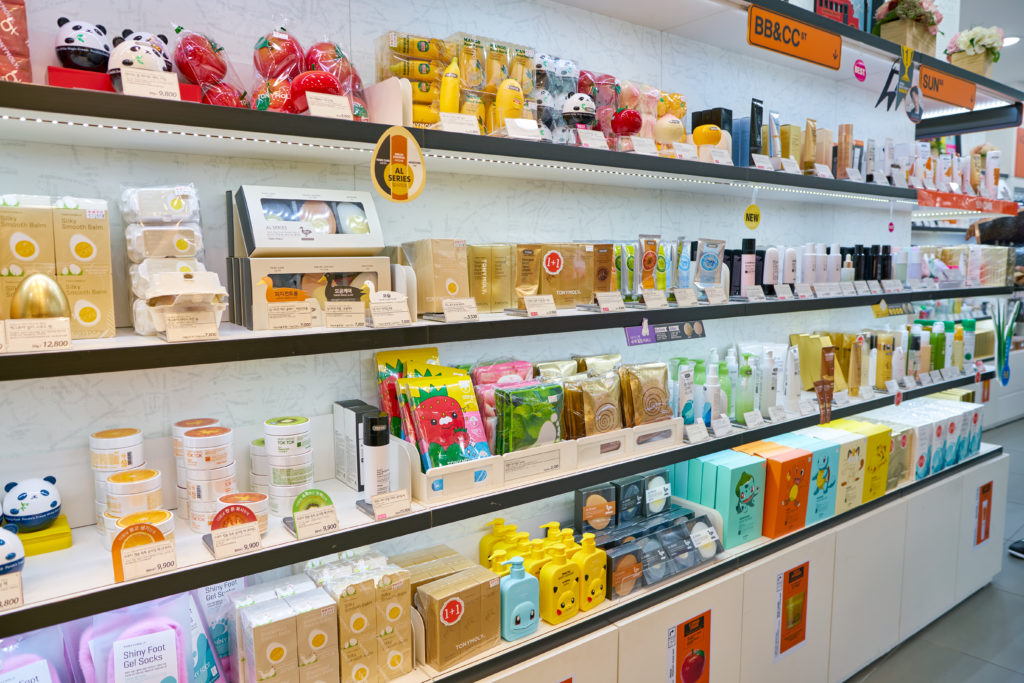
Tony Moly
Another reason K-Beauty has remained so strong in the beauty realm is the fast rate of innovation with the products that are sold on the market. Albeit the relatively small size of the country, South Korea is the 8th largest cosmetics market in the world, representing nearly 3.0% of the global market. According to Michelle Kim, founder and CEO of BeauteKore, it is a combination of South Korea’s preoccupation with appearance, their innovative technology, and the relatively low prices of K-Beauty products that helps keep South Korea at the top of the beauty world.
“Korean brands are always creating new, innovative and trendy products at fast speed that are definitely interesting to consumers. Those products, along with their reasonable price points are what will continue to spark the interest of US consumers, since they can always have the chance to try new K-beauty products and trends without sacrificing too much…For Koreans, keeping up appearances isn’t a luxury — it’s a fact of life and necessity from the society. The demand of the highly educated Korean consumer is leading the beauty industry that makes South Korea to be a leader of global beauty industry.”
The beginning of America’s adoration of K-Beauty can be traced back to around 2011. According to Kim, K-Beauty’s popularity within the U.S. began with BB Cream and “Gangnam Style,” a popular song performed by South Korean performer Psy. BB Cream stands for Beauty Balm, and is a skincare/makeup hybrid that provides the hydration of a moisturizer, slight foundation coverage, and, occasionally, sun protection. Typically American skincare products don’t combine multiple products in one, nor do many American skincare or foundation products provide UV protection, which is fairly standard for Korean face products.
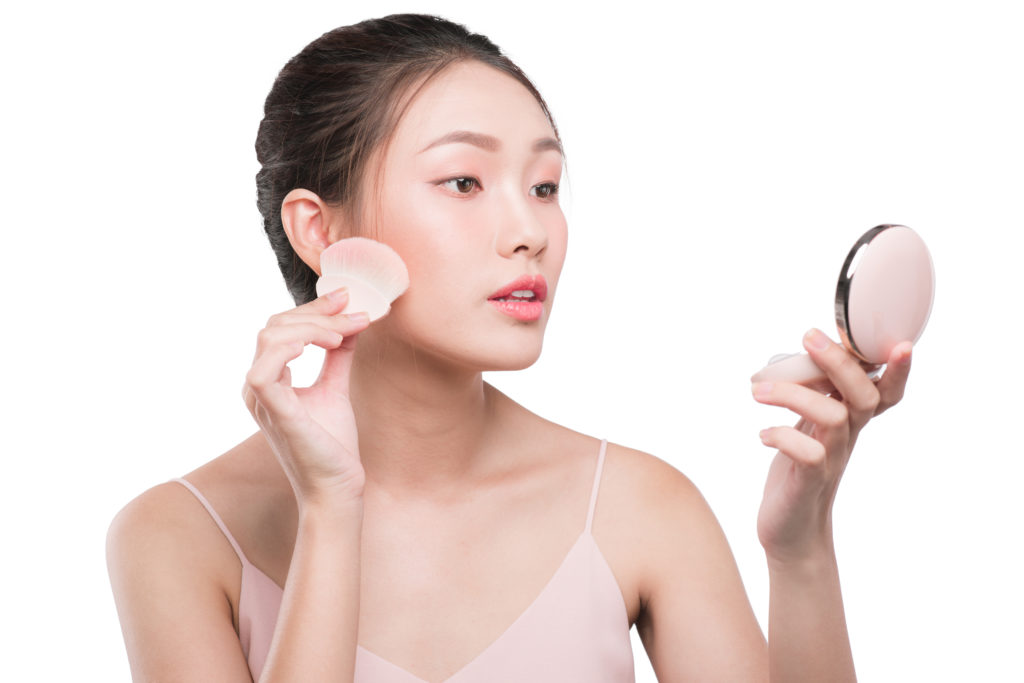 “The first Korean beauty product that hit the US market was BB cream by Dr. Jart back around 2011,” Kim said. “It was the first of it’s kind in Sephora, and started a trend. This new technology of having an all-in-one product caught on to many beauty editors, influencers, bloggers, and YouTubers, and soon, more Korean beauty brands started expanding their innovative (not to mention cute packaging and playful colors) to the US market.” The release of this product coincided with the Hallyu, the “Korean Wave” a term for an increase in popularity of South Korean culture that began in 2012, when Psy’s song was first released to mass American appeal. As Americans started paying attention to South Korean pop songs and entertainment, they started developing a strong interest in the beauty products South Koreans use. Kim noted, “People got amazed to see the flawless and radiant skin of Korean actors and actresses in Korean drama and they want to know the secret of K beauty – glowing skin and skin care.”
“The first Korean beauty product that hit the US market was BB cream by Dr. Jart back around 2011,” Kim said. “It was the first of it’s kind in Sephora, and started a trend. This new technology of having an all-in-one product caught on to many beauty editors, influencers, bloggers, and YouTubers, and soon, more Korean beauty brands started expanding their innovative (not to mention cute packaging and playful colors) to the US market.” The release of this product coincided with the Hallyu, the “Korean Wave” a term for an increase in popularity of South Korean culture that began in 2012, when Psy’s song was first released to mass American appeal. As Americans started paying attention to South Korean pop songs and entertainment, they started developing a strong interest in the beauty products South Koreans use. Kim noted, “People got amazed to see the flawless and radiant skin of Korean actors and actresses in Korean drama and they want to know the secret of K beauty – glowing skin and skin care.”
Even though the Hallyu has calmed down some, by the looks of things, it does not seem like K-Beauty is going anywhere anytime soon. Hopefully as the K-Beauty market increases around the world, we can also begin to see a larger range of foundation shades for K-Beauty foundation products. No shade, but we need K-Beauty companies to start providing deeper foundation ranges for customers of varying skin tones. Here’s to seeing what new innovations South Korea and its successful beauty industry have next in store for Americans.

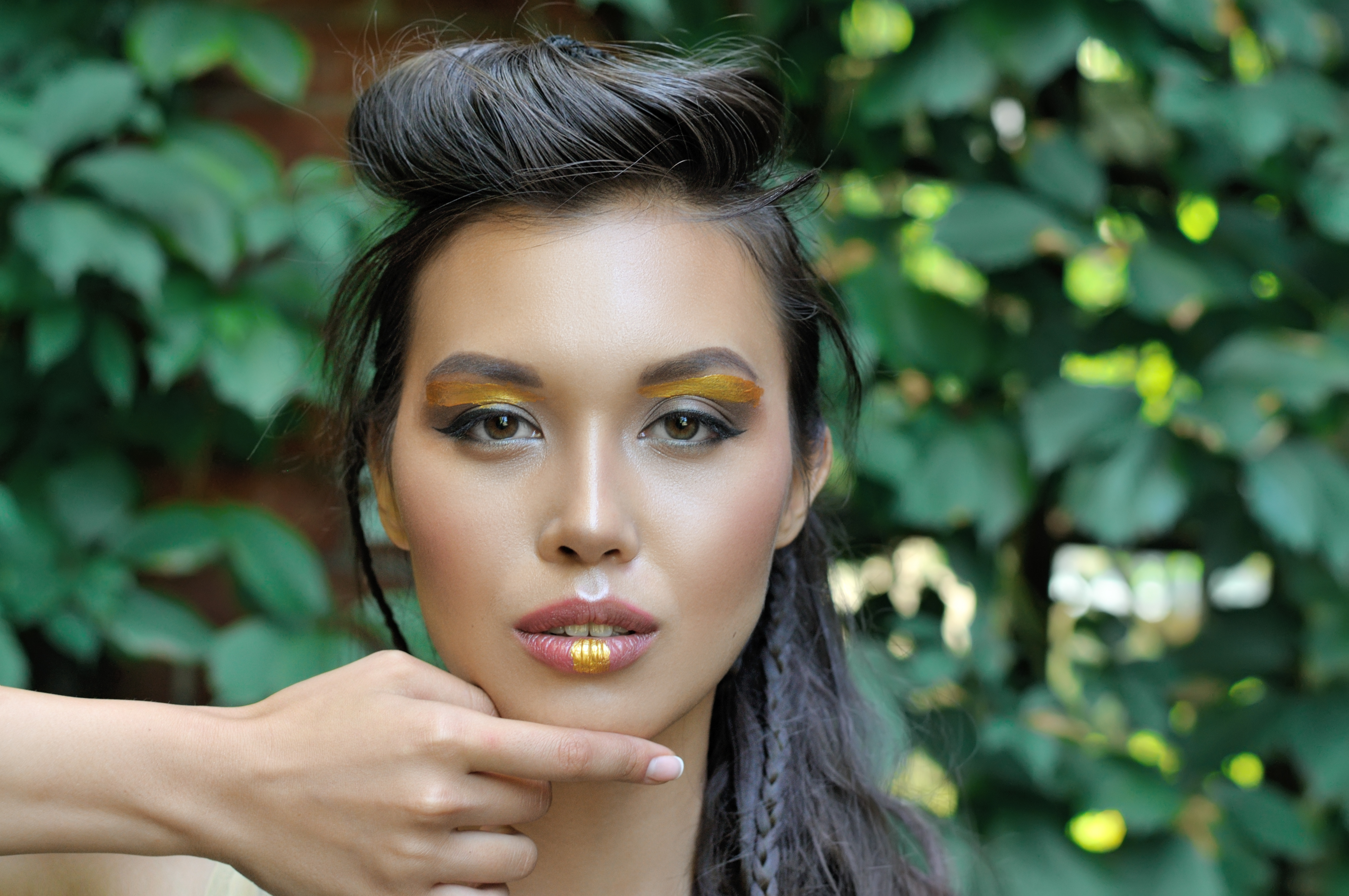

5 comments
I’ve been hearing about Korean beauty products for awhile, but I didn’t realize how extensive they are! I’ve got to check out some K-Beauty products!
This post is quite interesting. I never think about where all those beauty products come from. If innovation keeps me looking good. I’m in
I’ve never heard of K Beauty of J Beauty! Good info to know!
You packed it with a lot of information in here! Not knowing much about makeup can appreciate all the research you put into this, and I have to say, I do like the more natural look that Korean culture tries to achieve and cat eyes are a plus in my book 🙂
I’ve seen so much about K-Beauty and it seems like it would work better than American products. I heard that their products safer and works better. I need to find more of those products.